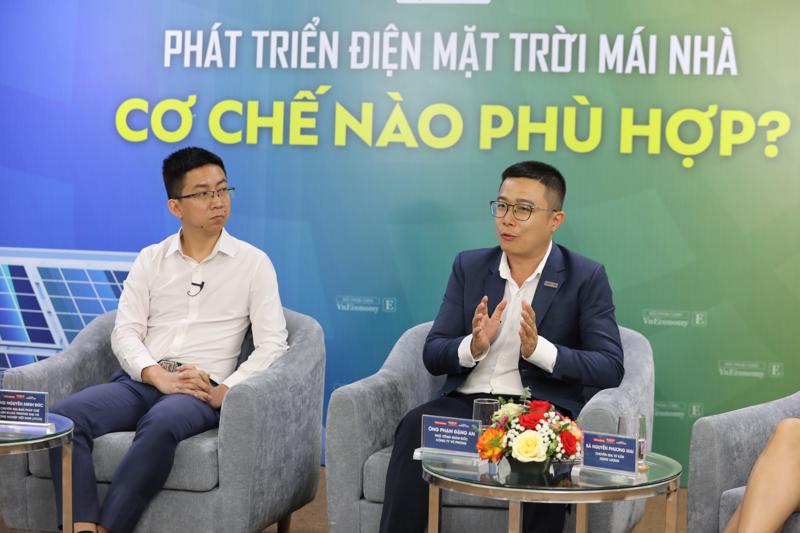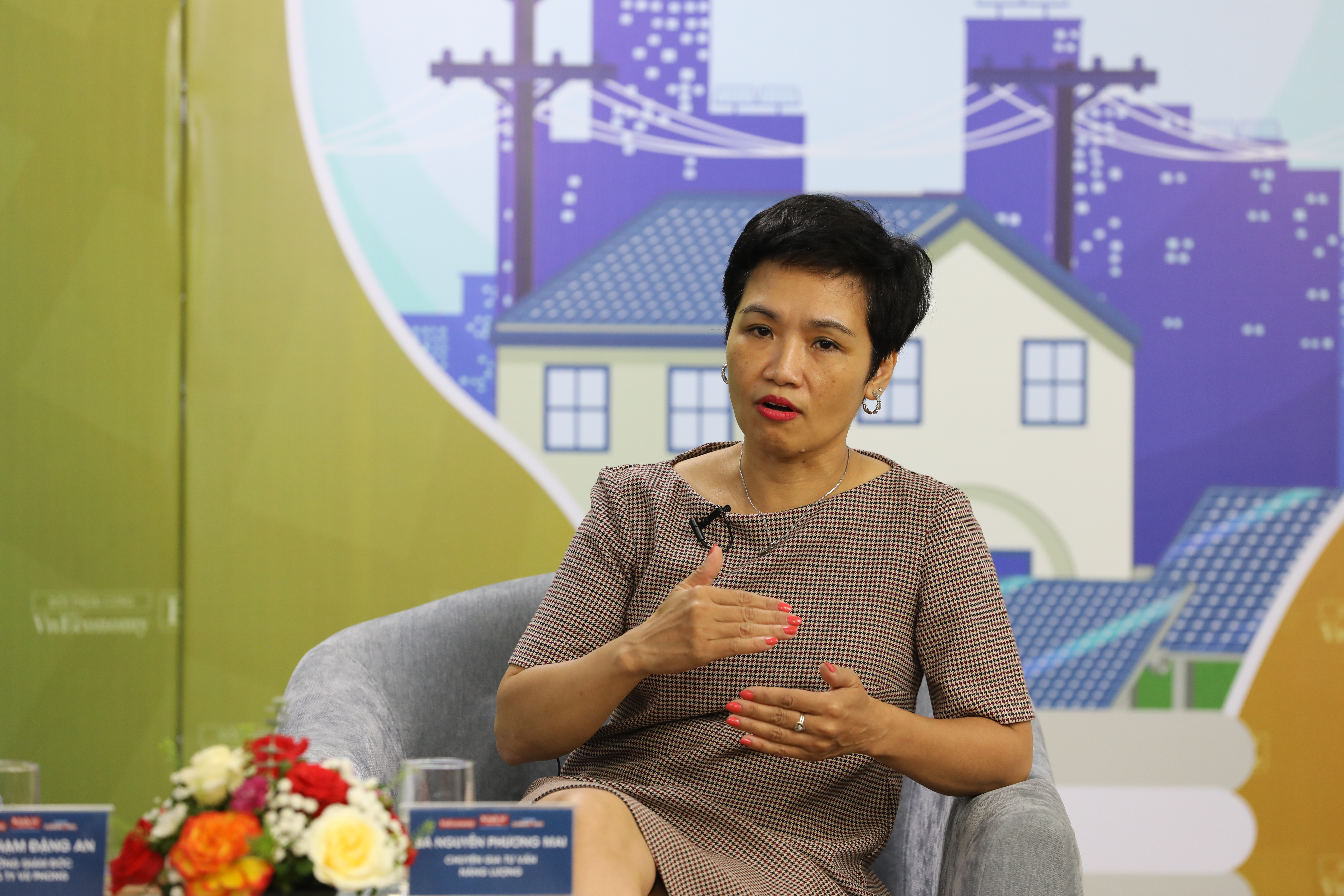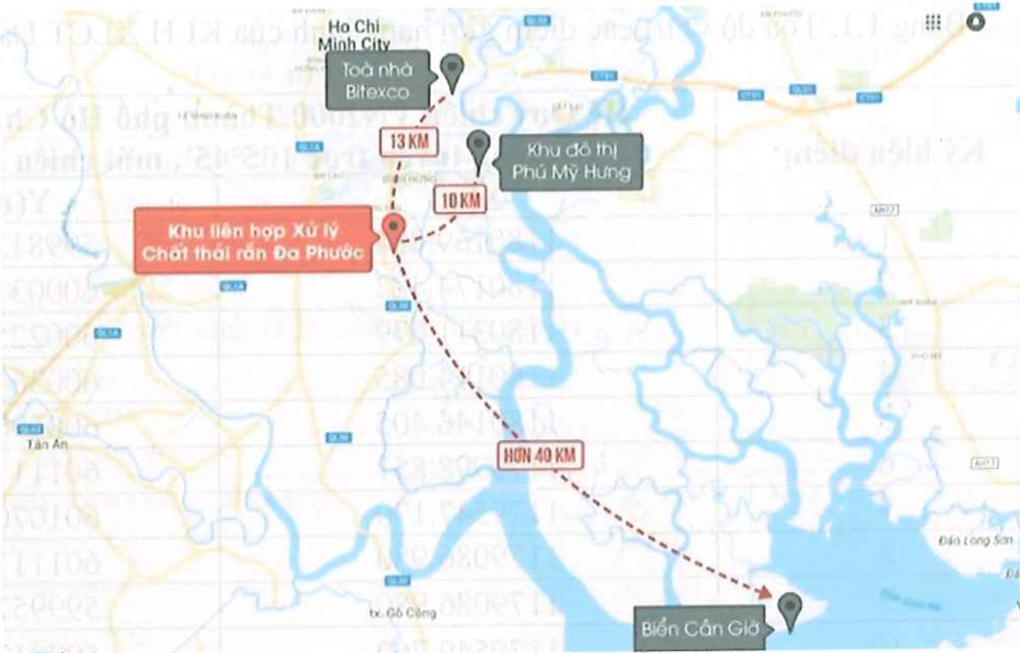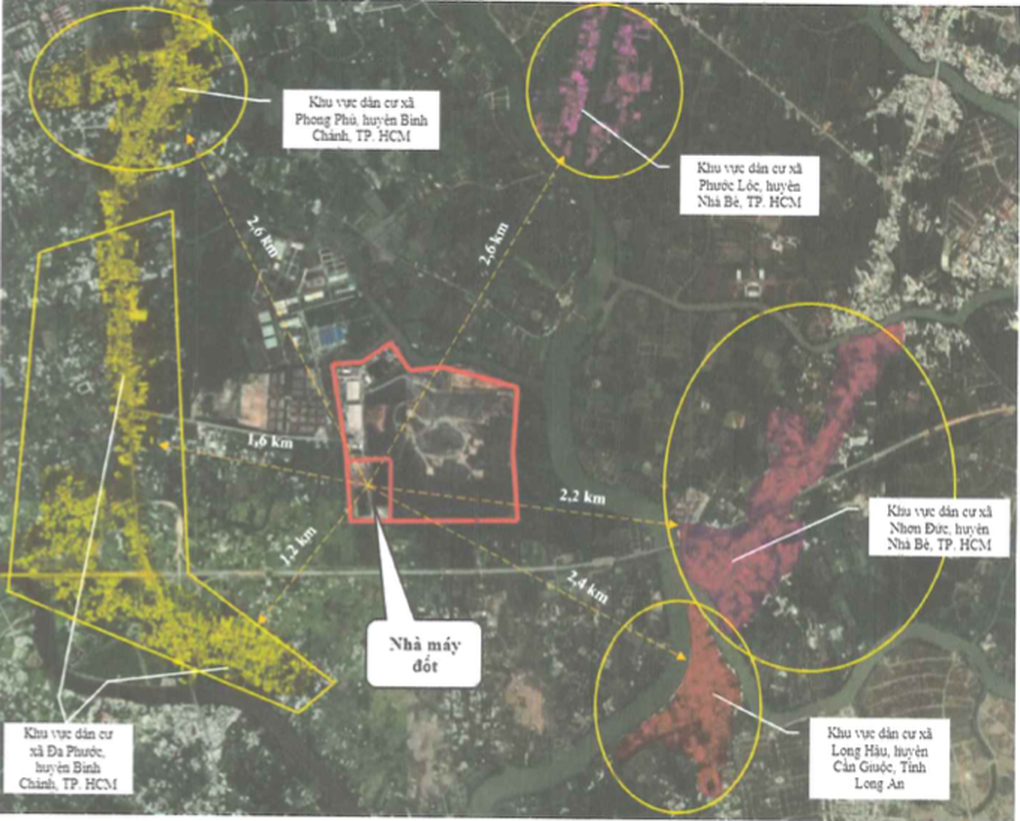Over 2000 Ministers, high-ranking officials, experts and delegates from all over the world will convene at the IAEA hosted, International Conference on Nuclear Security: Shaping the Future (ICONS 2024), next week in Vienna. Taking place from 20 to 24 May, the focus of the conference will be on how to further strengthen global nuclear security and addressing challenges related to new risks, threats and emerging technologies.
“Nuclear security is about more than preventing nuclear terrorism. It is about providing clean energy, cutting-edge medicine, nutritious food and hope for a better tomorrow,” says IAEA Director General Rafael Mariano Grossi. “The IAEA is where the world comes together to make sure we keep making that possible.”
As the world’s only international conference on nuclear security with a ministerial and a scientific component, ICONS 2024: Shaping the Future will provide a global forum to discuss the future of nuclear security, while providing opportunities for exchanging information, sharing best practices and fostering international cooperation.
The conference will comprise two segments: a two-day ministerial segment featuring national statements, interactive sessions and high level policy discussions for Ministers. The four-day scientific and technical programme will start in parallel with the second day of the ministerial segment and includes daily plenary panels with invited speakers, high level policy discussions and parallel technical sessions.
"A strong and sustainable nuclear security system has never been more imperative. Co-chaired by Australia and Kazakhstan, ICONS 2024 will bring together Ministers, policymakers, and technical and legal experts, to renew and strengthen collective nuclear security commitments. I'm excited to see countries come together to drive the nuclear security agenda forward and tackle the challenges ahead,” says Tim Watts, Assistant Minister for Foreign Affairs of Australia and ICONS Co-President.
Diving into nuclear security
As part of a comprehensive programme, experts will discuss a wide range of technical and scientific nuclear security topics. These include global perspectives on nuclear security regulations for small modular reactors, the role of nuclear forensics in bolstering international nuclear security, practical uses and potential threats of artificial intelligence, preparing for and defending against cyber-attacks to sensitive infrastructure and developing national strategies for nuclear security events.
The conference boasts record-breaking participation with over 700 abstracts submitted, spanning four key thematic areas including policy, technology, capacity building and cross-cutting nuclear security topics, such as communication and safety-security interface, among others. The ministerial segment, including national statements, is open to media, and they can also attend all plenary sessions throughout the weeklong conference. The ministerial and plenary sessions will be available on live video streaming.
“ICONS 2024 is a major event for the global nuclear security community and comes at a critical time for international nuclear security. Despite some risks and challenges — from climate change and natural disasters to global pandemics — artificial intelligence products and advanced computing technologies offer new opportunities to strengthen nuclear security regimes,” says Sungat Yessimkhanov, Vice-Minister of Energy of the Republic of Kazakhstan.
The programme includes 52 technical sessions, a ministerial plenary panel on nuclear security and the Sustainable Development Goals, a ministerial interactive session on scenario-based policy, and four technical plenary sessions, each on one of the main themes of the conference. 45 side events are planned and organized by Member States, international and other organizations, working groups and networks, and the IAEA.
Additionally, the inaugural “Nuclear Security Delegation for the Future” will convene in person, providing 24 selected delegates from more than 200 applicants in the field of nuclear security the opportunity to present the results of their deliberations conducted over the previous weeks leading up to the conference.
Further, the ICONS 2024 Photography Contest “Nuclear Security Through the Lens”, aligns with the overarching goals of ICONS 2024, aiming to raise awareness of nuclear security initiatives globally and foster creative engagement of a broad audience. Eight finalists will have their photographs showcased, along with a narrative explaining their perspectives on nuclear security.
ICONS 2024 is the fourth conference in this series. Previous ICONS were hosted by the IAEA in 2013, 2016 and 2020. The conference is supported by funding from Australia, Canada, the Republic of Korea, Pakistan, Switzerland, the United Kingdom and the United States of America.
https://www.iaea.org/newscenter/news/international-community-meets-to-discuss-the-future-of-nuclear-security


























